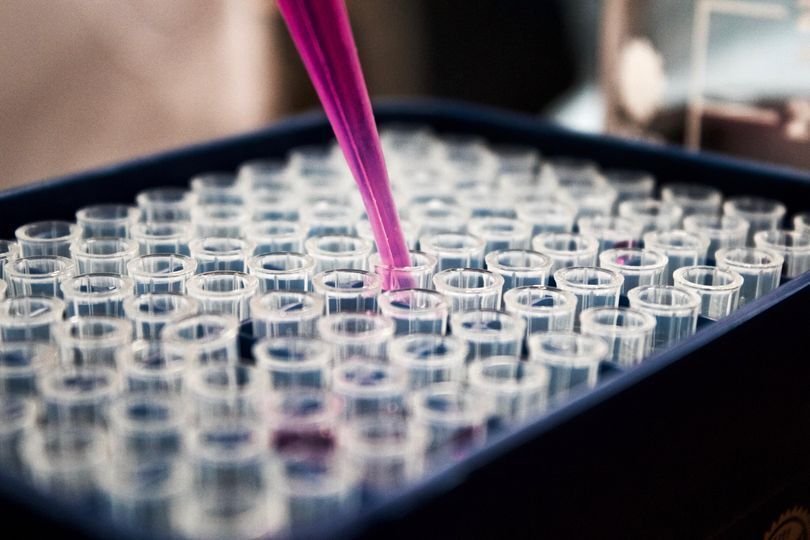2021 Research
Gene therapy with AR isoform 2 rescues SBMA phenotype by modulating AR transcriptional activity
Atrophy phenotype by modulating AR transcriptional activity AR-silencing strategies have shown encouraging results in preclinical models but are hampered by the risks of long-term, widespread AR loss. Alternatively, small molecules that modulate AR coregulator–binding affinity are an attractive therapeutic avenue. Nevertheless, the lack of full understanding of their mechanisms of action, potential off-target effects, and unfavorable pharmacokinetic profiles limits their clinical applicability. In our study, we establish a physiological role of one of the naturally occurring AR isoforms, i.e., AR isoform 2 (AR-2), in fine-tuning full-length AR transcriptional activity. Furthermore, by selectively targeting mutant AR transcriptional dysregulation, we provide proof-of-principle evidence for efficacy and safety of a gene therapy strategy based on delivery of this AR variant to treat SBMA, confirming the translational potential of this strategy. To read the research study, click here.
Effect of leuprorelin in bulbar function of spinal and bulbar muscular atrophy patients: observational study for 1 year.
This study aimed to investigate the effect of androgen suppression therapy using leuprorelin focused on the bulbar function of patients with spinal and bulbar muscular atrophy (SBMA). To learn more, click here.

